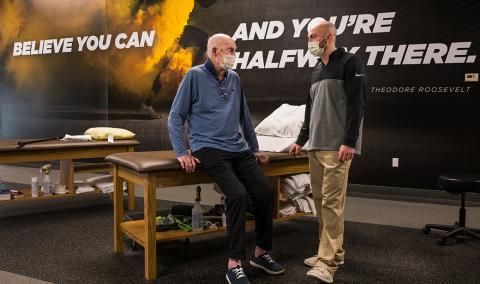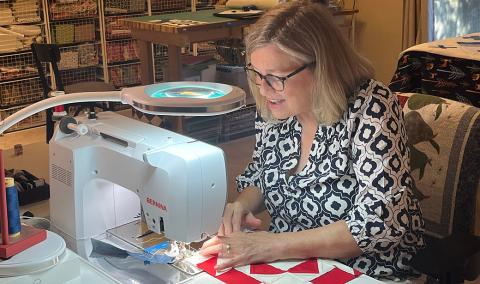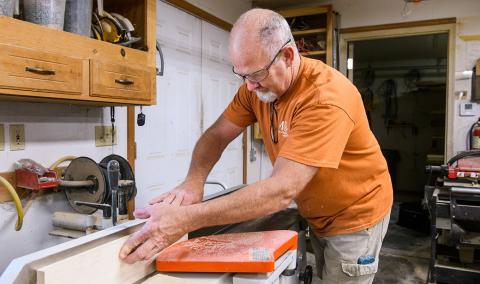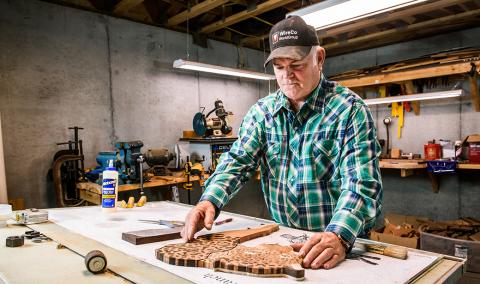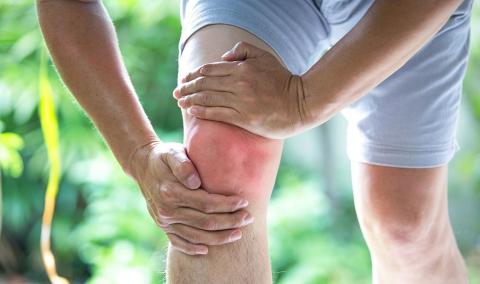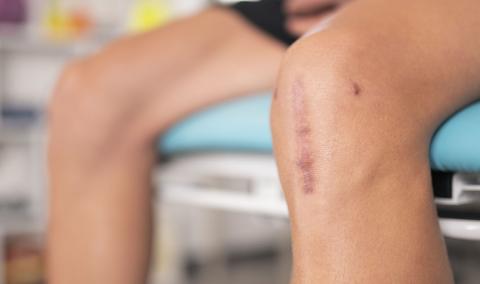How We Diagnose Hip Arthritis at MU Health Care
Our team may be able to diagnose hip arthritis with an X-ray and a physical examination. We may order more advanced imaging, such as a magnetic resonance imaging (MRI) scan, if needed.
Hip Arthritis Treatment at MU Health Care
Our hip specialists offer a wide range of nonsurgical and surgical treatments for arthritis, including many that aren’t available elsewhere in mid-Missouri.
Nonsurgical Hip Arthritis Treatments
If you have hip arthritis, we may recommend enrolling in our Joint Health Program. This team-based treatment approach includes physical therapists, dietitians, psychologists and other specialists.
Other options available at MU Health Care include:
- Over-the-counter or prescription anti-inflammatory medication
- Physical therapy (PT) to strengthen muscles and help protect your joints
- Losing weight if you are overweight to reduce joint pain and slow the progression of arthritis
- Joint injections, which may involve steroid medications or platelet rich plasma (PRP), to help slow joint damage from arthritis
Hip Preservation Surgery
Hip preservation procedures can help reduce pain and restore function to a natural hip without the need for joint replacement.
Examples of hip preservation surgeries include:
- Hip arthroscopy with chondroplasty: A minimally invasive surgery that allows your surgeon to remove loose cartilage and reshape your hip joint
- Biologic resurfacing: Combines arthroscopy with injections of substances to help regenerate joint tissue
- Hip osteotomy: A minimally invasive surgery that involves cutting and repositioning bones in your hip joint
Hip Replacement Surgery
If you do require a hip replacement, we offer minimally invasive approaches to help you recover faster. You can receive all your care at MU Health Care — from preop testing to surgery to physical therapy.
Is hip replacement an option for you?
Take this brief assessment to find out if you’re a candidate.
Why Choose MU Health Care for Hip Arthritis Care
- New treatments to preserve your hip: Our orthopaedic surgeons offer regenerative orthopaedic treatments to help you avoid or delay hip replacement. Only academic health systems like MU Health Care offer these innovative therapies for hip arthritis.
- Hip replacement expertise: Hip replacement specialists at MU Health Care perform hundreds of surgeries for people with hip arthritis. Research shows that centers which perform a high volume of hip replacements have better patient outcomes.
- Certified center of excellence: MU Health Care is a Certified Hip and Knee Replacement Center of Excellence from the independent certification provider DNV. This certification means we have achieved the highest standards in care before, during and after hip replacement.










